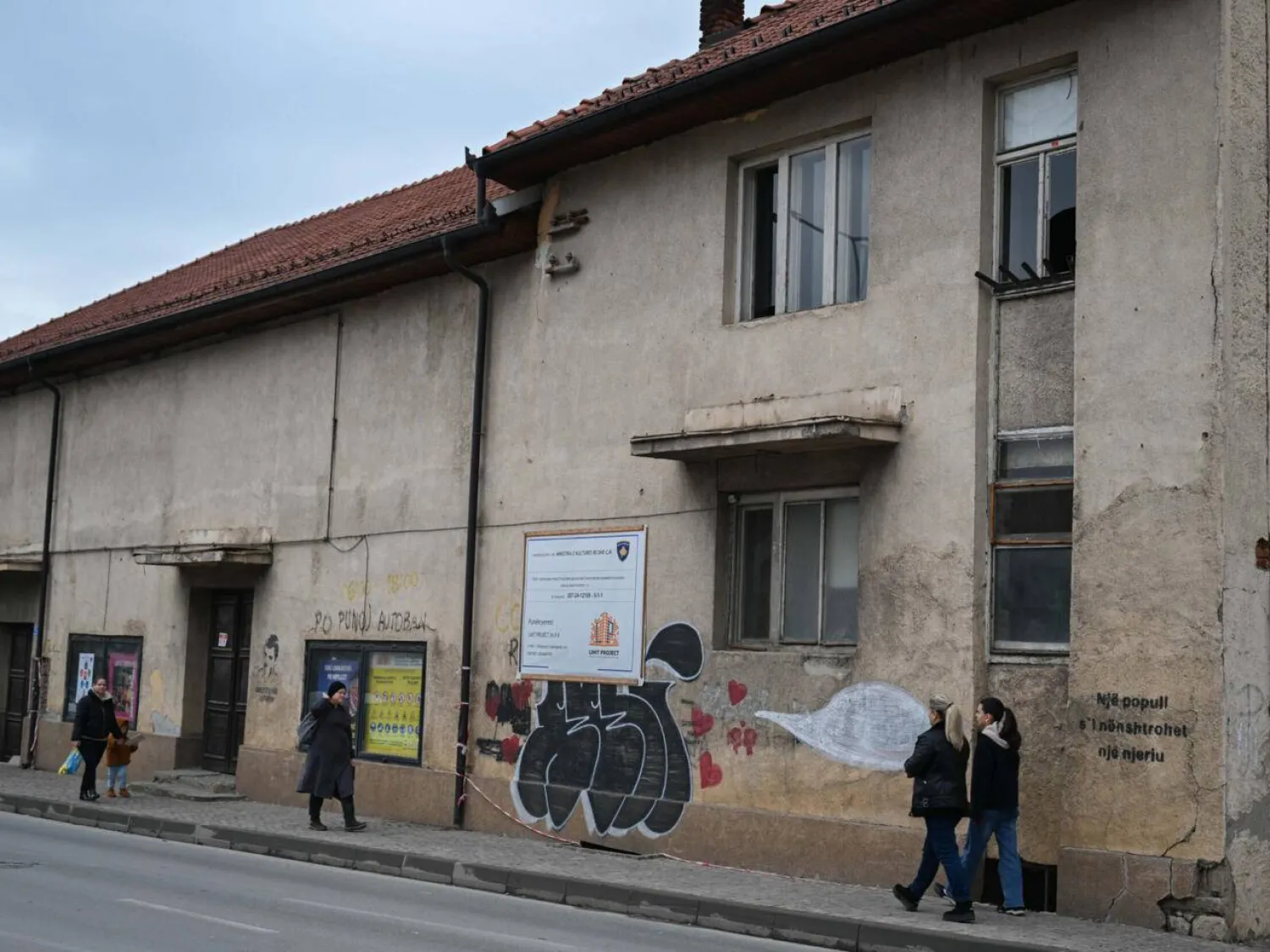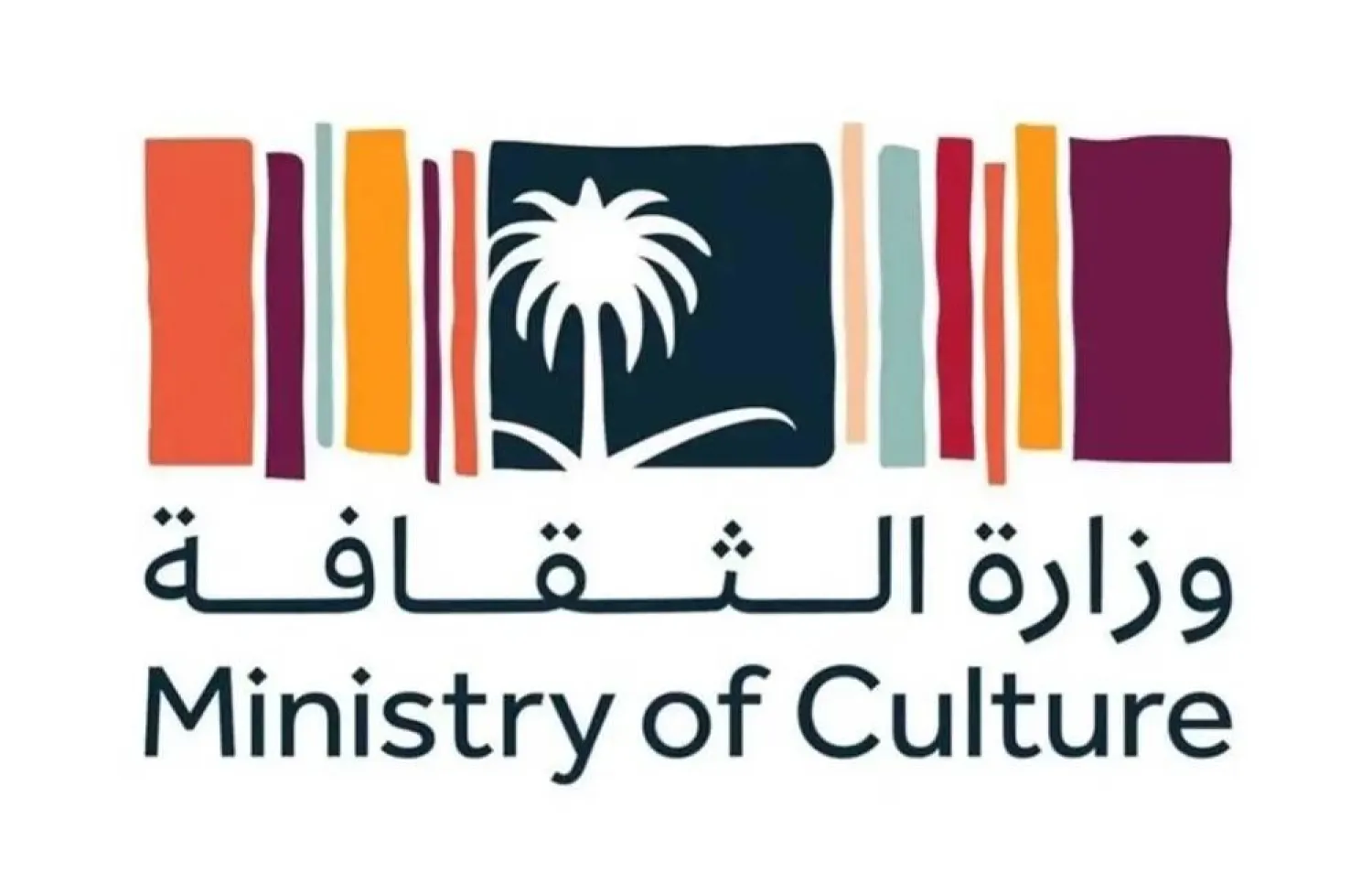The 64th issue of the Merit Culture Magazine (October issue) dedicates a cultural section titled a “Woman Fight for her Rights - Huda Shaarawi as an Example” including six articles: “Woman’s role in global development movement”, a lecture addressed by Shaarawi, head of the Egyptian Women Union at the time, at the American University of Cairo, on November 12, 1929; “Memoirs of Huda Shaarawi and beginnings of feminist renaissance” by Dr. Nadia Hanawi (Iraq); “From Mashrabiya to Court” by Dr. Ikram Badawi; “Huda Shaarawi…between social work and political struggle” by Dr. Asmaa Badawi; “How did Huda Shaarawi come out from ‘Harem Era’ and ‘uncovered her face’?” by researcher Samar Lashin; “Arabic feminism: influencing models and contemporary problematics” by journalist Mariana Sami.
The “Critical Views” section features six articles including “Lady Chatterley's Lover… Guardians of the Lord and Literature Inquisitions” by Dr. Mamdouh Farraj al-Nabi; “Social transformation in Jabbour Douaihy’s The American Quarter” by Dr. Huda Ali Eid (Lebanon); “In days of bright sun” by Miral al-Tahawi, in which she exposes laws and customs that subdue women; “Cultural criticism experience of Iraqi critic Fadel Abboud al-Tamimi” by Dr. Tarek Bouhala (Algeria); “Comparative Literature Studies in Moroccan Universities” by Abadati Boushaab (Morocco); “Storytelling romance in Ibtihal al-Shayeb’s ‘Familiar’ collection” by Shawky Abdul Hamid Yahya.
The “Poetry” section includes 11 poems by Ibrahim Daoud, Mahmoud Qarni, Al Sammah Abdullah, Atef Abdulaziz, Karim Abdul Salam, Hana al-Ghunaimi (Egypt), Naseer al-Sheikh (Iraq), Leila Bare’ (Morocco), Salim al-Naffar (Palestine), and Aisha al-Maghrebi (Libyan based in Paris).
The “Story” section offers stories by Al Sayed Najm, Hossam al-Mukadem, Salah Matar, Hassan al-Judi (Syria), Sanaa Shaalan (Jordan), Saad al-Nazzal (Iraq), and Sondos Abdelkader Midi (Libya).
This issue’s “Noun al-Neswa” section discusses the “Truce Nights- Pain Clashes” released by Merit Publishing House in 2020, by Egyptian novelist Mona al-Assassi, in addition to four articles.
The “Speech Innovation” section features three articles: “Views in Literary Quranic Studies” by Mohammed Yassine; “What are the historic roots of some legislations, worships in Islam” by Aya Kotob; “Sufism… understanding of heaven and hell” by Hala Ismat.
The “Around the World” section includes two translations: Asmaa Moussa Othman translated two stories by Italian novelist Andrina Christa, “Eternal Wedding” and “Renata”; and Hussein Sunbuli (Syria) translated the “Disappointment”, a novel by German novelist Thomas Man.
The “Cultures and Arts” section includes an interview by Samir Darwish with Egyptian storyteller and novelist Tarek Imam in which he admits that “Marquise is my favorite and most inspiring novelist, but I believe that Dostoevsky and Kazantzakis top the list of best novelists in history.” The “Personal View” section features “Texts against the official literary current,” an article by Dr. Faisal al-Ahmar (Algeria). The October issue of Merit includes many more articles
like Heidi Ammar’s “Philosophic Quartet in Egyptian Cinema” in the “Cinema” section; “The Codex Sinaiticus” by Dr. Majed Izzat Israel in the “Manuscript” section; “Art Treatment between Imagination and Reality” by Mina Nassef in the “Theater” section; “Eves of Apple” by Dr. Usama al-Hammoud (Syria), and “Women of Sultan Harem in the ‘Pasha’s Daughter” novel” by Khadija Masrouq (Alegria) in the “Books” section.
The cover and graphics in the “Creativity and Creatives” section are made by Syrian artists Ola al-Ayoubi, while graphics in “Noun al-Neswa” are signed by Egyptian artist Najat Farouq, and the photographs on the covers of each section and the back cover are presented by Yemeni photographer Abdullah al-Jaradi.
Merit Culture’s editorial board is composed of publishing manager Mohammed Hashem, editor-in-chief Samir Darwish, assistant editor-in-chief Adel Samih, managing editor Sara al-Iskafi. The primary maquette is gifted by Ahmed al-Loubad.









